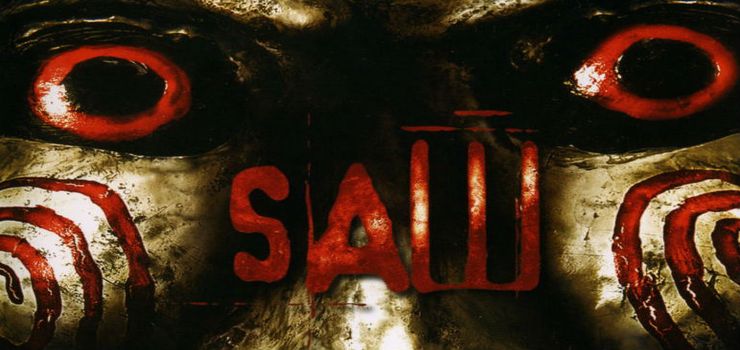Developed by Spanish studio The Game Kitchen and published by Team17, Blasphemous was a videogame on my radar since its arrival on home consoles late 2019. Unfortunately, with so many other games and distractions plaguing the year that was 2020, the right moment to dive in never arrived.
Instead, the year 2020 saw me spending a lot of my time playing Dead Cells. In fact, I would argue I played Dead Cells more than I played anything else that year, brought in and immersed by its minimalist but inspired visuals and the addictiveness of its gameplay, I was damn near obsessed with it for a minute or two there.
Blasphemous is a lot like Dead Cells, in-retrospect, and, in some ways, what made me finally buy Blasphemous was the way Dead Cells left me craving my next Metroidvania action-adventure. Couple that in with the way both draw clear inspiration from FromSoftware‘s Dark Souls series, which helped kickstart a genre I now play most of (I recently started Sekiro and having Nioh on the backburner), and it is easy to see how it was a match made in heaven.
Set in the fiction region of Cvstodia, Blasphemous sees the player assume the control of the Penitent One, a silent knight who wields a weapon aptly named Mea Culpa, as he traverses the land and seeks to … do something, I am fairly certain. I will be honest – I rarely know exactly what my objective is with these deals. I have beaten every Dark Souls game and even beat Dark Souls 3 twice, but I have only the vaguest idea of what it is about – something to do with bells, I think.
That is not to say I dislike the story beats of, say, Bloodborne, or, our subject, Blasphemous, because I don’t at all, in fact, I really enjoy it. I appreciate it more as an understated thematic than a central prospect overall. For instance, Blasphemous is filled with lore and backstory, and plot threads, all of which feel consistent and fleshed out.
If you must know – the protagonist is the sole survivor of the Brotherhood of the Silent Sorrow, a name derived from the members having sworn themselves to silence in a pact. His objective is to arrive to the top of the Mother of Mothers, and battle and defeat Escribar, an authority that massacred all of our protagonist’s Brotherhood.
Although playing Blasphemous shortly after Dead Cells made me feel very at home, that is not to say Blasphemous is not its own beast entirely. The visuals are grimy and harsh. Although Dark Souls and Dead Cells certainly have dark subject matter to them, Blasphemous has an ugliness and violence to it that is more like a fantasy horror, brimming with violence and bloodshed. This is something that won’t be for everyone, but is something I particularly enjoyed and something I felt was realized with enough consistence that it was kept from coming across as gratuitous.
The jig is up – I really, really enjoyed Blasphemous! Generally speaking, I tend to take well to this style of gameplay and this was no different, benefited by the imagery, which sees you interact with an array of terrains and environments. The gameplay offers a fun, challenging mesh of familiar elements, scratching the same itch as what I would want from a Castlevania or, more recently, Hollow Knight.
In terms of difficulty, I found Blasphemous easier than either Hollow Knight or Dead Cells, with most of the boss battles usually being defeated in the first or second attempt. I only had a handful of occasions, like the last boss battle, for example, where I had the small intimidating glare of an obstacle I felt I might not be able to overcome. Otherwise though, I felt like Blasphemous was a fair experience, that offered more challenge than the average videogame, but was less overwhelming than what indie games like Cuphead threw at you.
A lot of the criticisms I have read about Blasphemous prior to writing this review were criticisms I didn’t really know what to make out of, simply because I didn’t encounter them myself. This might be because the developers have since patched or amended certain things that were detrimental to earlier gameplay. When I write a review, I choose to look at whatever is in-front of me. This is a double-edged sword for developers. For instance, when I was reviewing Agony, I offered it a negative review, and later on, it patched a lot of the problems, but, that reviews stays. I don’t always have the time to revisit a videogame, and I firmly believe a videogame marketed at a retail price like Agony was, should be held to a high standard. For Blasphemous, this works to its favor, and I didn’t really have any major issues with it.
The worst I can say is that the map system and objectives could be a little confusing to navigate. One criticism I had heard prior was the lack of a proper fast travel, but, early on, I discovered that if you donate enough of your acquired experience or Tears of Atonement, you will be able to fast travel in between your checkpoints. The only time the map system and objectives became difficult was toward the end as I was trying to fill out the map and find anything I might have missed. I spent hours and hours looking for where I was meant to head next, only to find out I had overlooked a small passage that was only vaguely visible with their archaic, albeit classical, map system.
I poured a lot of time into Blasphemous over the last couple weeks, ignoring other more expensive titles I had bought, simply because how taken I was by it. Across the board, I liked practically everything about it. The gameplay is solid, the lore-based storytelling was consistent and well-executed, and the graphics have that gritty meanness to them that meshes well with it.
It may not breakthrough the glass ceiling, per se, but it does offer a strong, formidable addition to the genre, and I look forward to what The Game Kitchen does next.





